Artemis I launched! Captures stunning image of Earth
NASA has released a stunning image of Earth captured by the Artemis I spacecraft on its way towards the Moon.
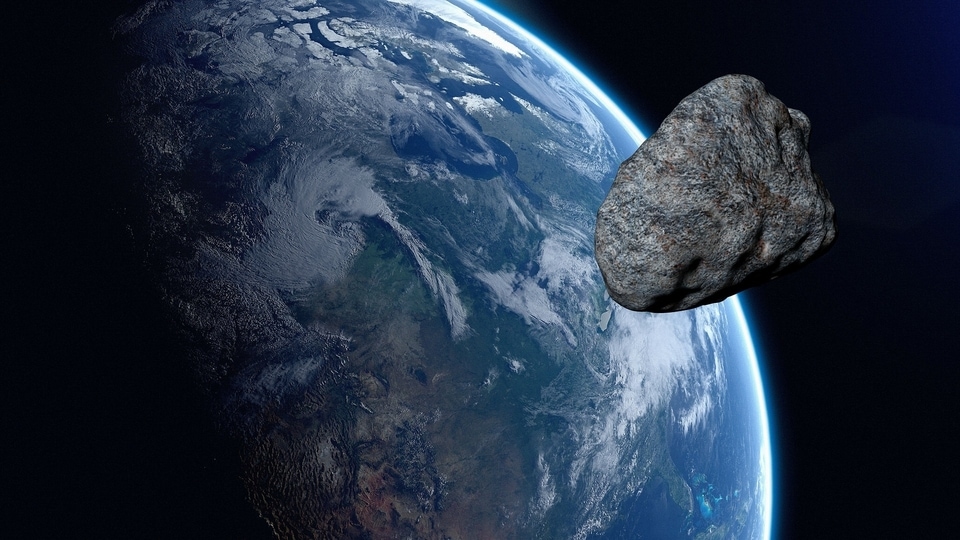
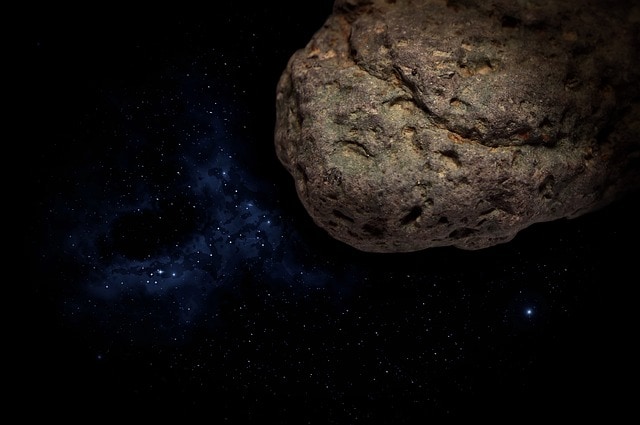
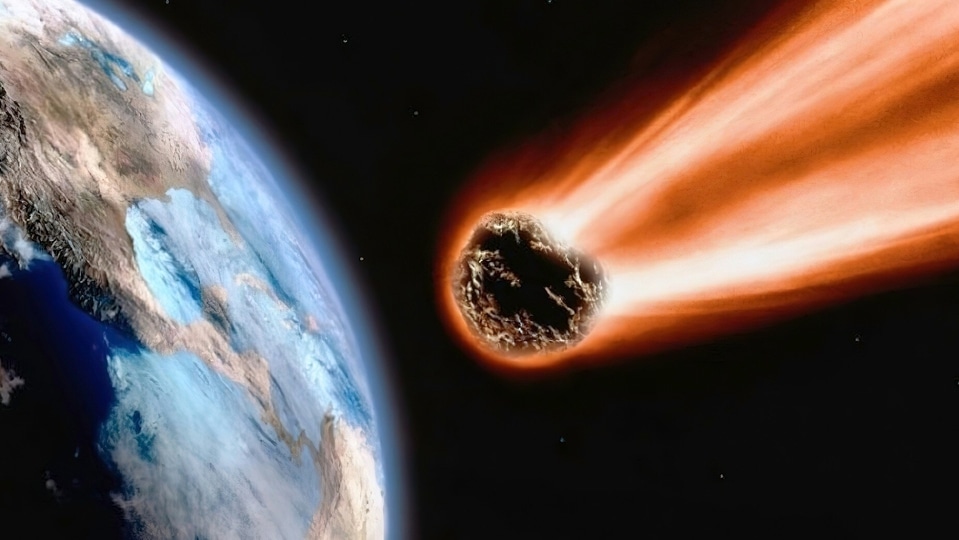

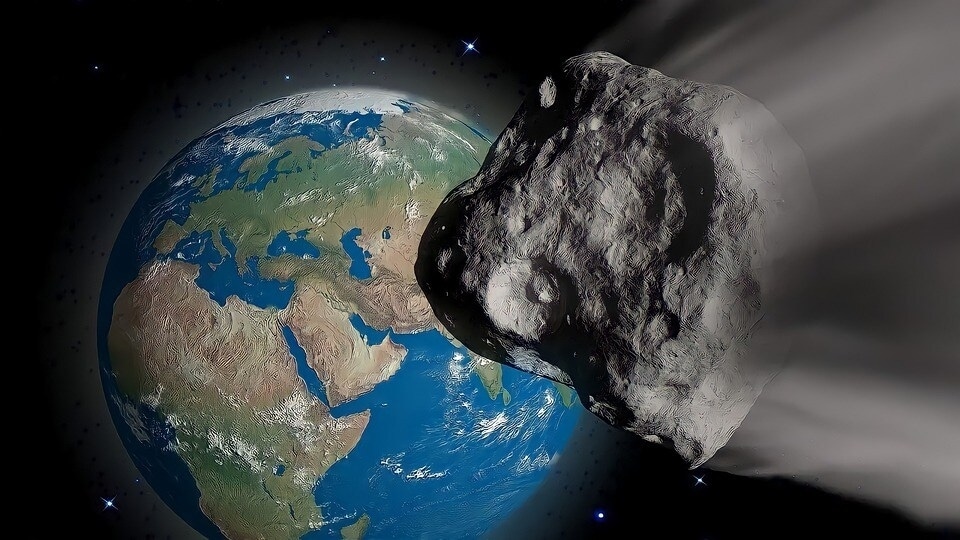
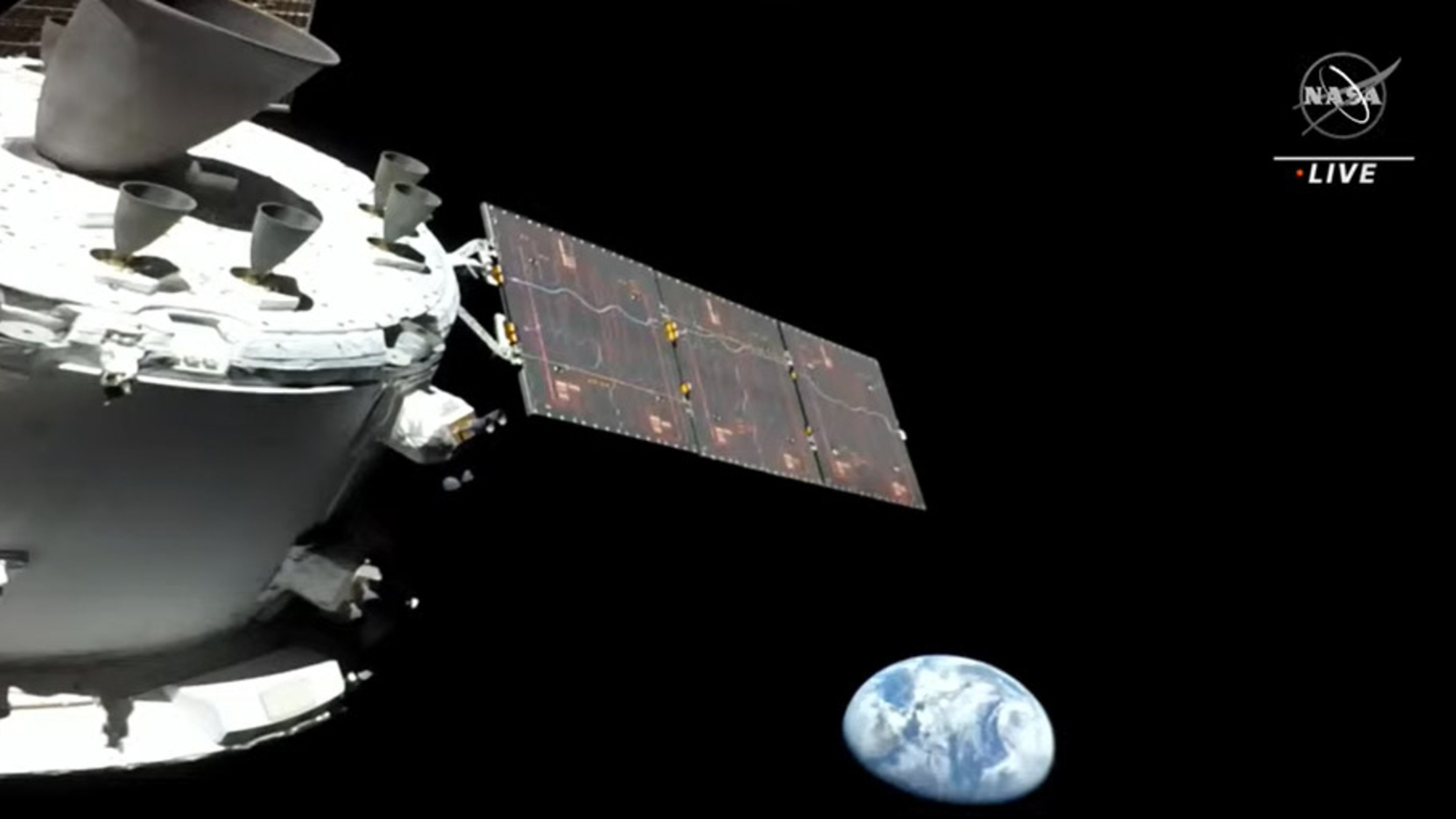
 View all Images
View all ImagesAfter numerous delays, NASA has finally launched its Artemis I mission yesterday, November 16 from the Kennedy Space Center. NASA's first attempt to launch the Orion spacecraft resulted in failure due to a malfunction in the core stage of one of the four RS-25 engines of the Space Launch System (SLS). Additionally, engineers also detected a “leak” in the inner tank of the upper stage. There was a visible build-up of ice and frost and a trail of vapour could be seen which led to NASA scrubbing the launch.
After yesterday's successful launch, the Orion spacecraft captured a breathtaking image of Earth while leaving the planet's atmosphere. NASA shared the image on the Orion spacecraft's twitter page. The space agency wrote, “We look back at the Earth from 58,000 miles away. Find out more about the cameras Orion uses to capture this flight.”
According to NASA, there are 24 cameras aboard the Orion spacecraft and the Space Launch System (SLS), with 8 cameras on the Orion spacecraft, and the rest aboard the SLS. Four cameras are attached to the Orion spacecraft's solar arrays which enable the spacecraft to capture selfies with Earth or any other object in the background.
David Melendrez, imagery integration lead for the Orion Program at NASA's Johnson Space Center in Houston said in a NASA blog, “Each of Orion's four solar array wings has a commercial off-the-shelf camera mounted at the tip that has been highly modified for use in space, providing a view of the spacecraft exterior.”
What is Artemis I Mission?
According to NASA, Artemis I is the first uncrewed flight test of the Space Launch System rocket and the Orion spacecraft. The Artemis Programme is NASA's first attempt to send a manned mission to the Moon since the Apollo missions in 1972.
The Orion spacecraft, although unmanned, carries 3 manikins called Zohar, Helga and Campos to space as human stand-ins for various tests and studies. They are retrofitted with a vast number of sensors to conduct tests regarding the spaceflight.
The Orion capsule is carrying various objects like Snoopy dog toys which will fly as a zero-gravity indicator in the capsule. A new version of Alexa called Callisto created by Lockheed Martin, Amazon, and Cisco will also be aboard the spacecraft.
Catch all the Latest Tech News, Mobile News, Laptop News, Gaming news, Wearables News , How To News, also keep up with us on Whatsapp channel,Twitter, Facebook, Google News, and Instagram. For our latest videos, subscribe to our YouTube channel.





























